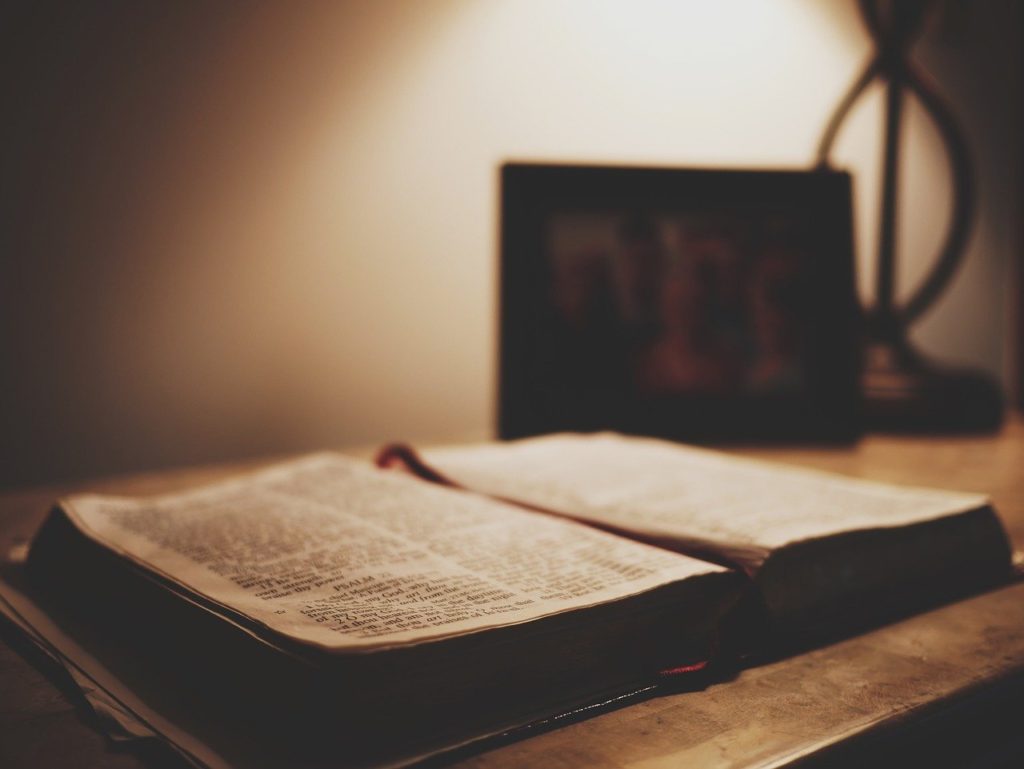
One of the biggest problems with a culture that does not know the past, let alone learn from it, is the devastation which can take place when what has taken place in history goes unnoticed or seems (at least to us) to not apply.
It has been several weeks since we were reading through Leviticus in our Bible reading schedule for the year, but I would like to call your attention back to Leviticus 13 which outlined the observance, diagnosis, and quarantine of individuals who became infected with leprosy. The end result – “The person who has the leprous disease shall wear torn clothes and let the hair of his head be disheveled; and he shall cover his upper lip and cry out, “Unclean, unclean.” He shall remain unclean as long as he has the disease; he is unclean. He shall live alone; his dwelling shall be outside the camp.” (Lev. 13:45, 46). Infected clothing was to be burned (Lev. 13:52). Throughout the centuries, the world (especially Europe) was besieged from various plagues with very high mortality rates due, in part, to a neglect of limiting contact among the populace. [For some excellent reading on this topic, check out the book None of These Diseases, by Dr. S. I McMillan from the church library].
This week, I read through a 2012 doctoral dissertation from the University of South Florida titled – The Yellow Flag of Quarantine: An Analysis of the Historical and Prospective Impacts of Socio-Legal Controls over Contagion by Peter Oliver Okin. The validity of the principles of Leviticus 13 in isolating those who are infected is illustrated in an analysis of information from the 1918 flu epidemic which was extensive in its destruction. The dissertation section titled “A Tale of Two Cities in the time of Flu: Philadelphia and St. Louis” mirrors, in some horrific ways, what is taking place in 2020.
Compare New York’s actions in February 2020 with what took place in Philadelphia in 1918.
“In mid-September, the initial reported cases of the deadly second wave of Spanish flu appeared in Philadelphia. A well-prepared city administration would have considered such index cases to be
klaxons in the night, calling for prompt interventions, but Philadelphia’s city fathers seem to have missed this opportunity. (They were hardly alone in this respect.) Instead of closing down public places and forbidding collective activities, the city held a patriotic parade on September 28. During the intervening period, influenza virus had the opportunity to double its spread almost three to five times. In any event, the pestilence had become barely controllable by the time the city’s health authorities did shut down the schools and proscribed collective gatherings on October 3. Eventually, the second wave of flu and probably-associated pneumonias claimed, at its peak, the lives of some 257 out of every 100,000 Philadelphians (beyond expected levels), with a cumulative excess rate of pneumonia and influenza deaths of 719 per 100,000 by December 28…” (page 264)
In contrast to what happened in Philadelphia in 1918, St. Louis, through the work and direction of Dr. Max Starkloff (the city’s health commissioner), “shut down schools, entertainment places, and even churches, and he promptly did so (although he initially allowed other businesses to continue their operations); he also limited crowding on elevators and trams. The St. Louis Health Division
also imposed strict quarantine/isolations on individuals, generally…with the placarding of afflicted homes as in other disease epidemics. City policemen were charged with enforcing these social
distancing and quarantining directives.” (page 265).
Through these difficult days, as the world deals with another serious pandemic, instructions from God’s Word prove to be true yet again. Please stay safe and keep everyone in your prayers. (Jim)
